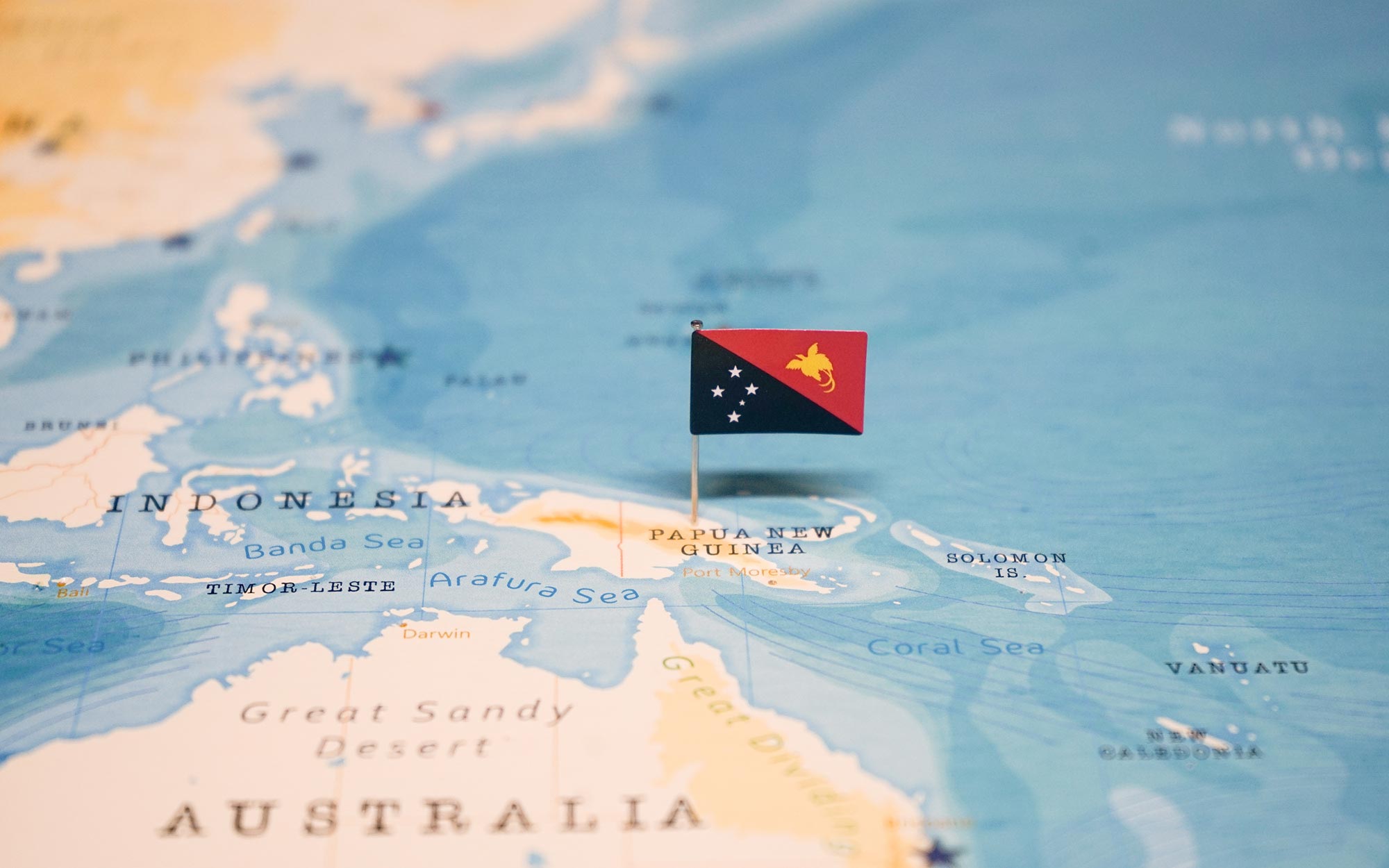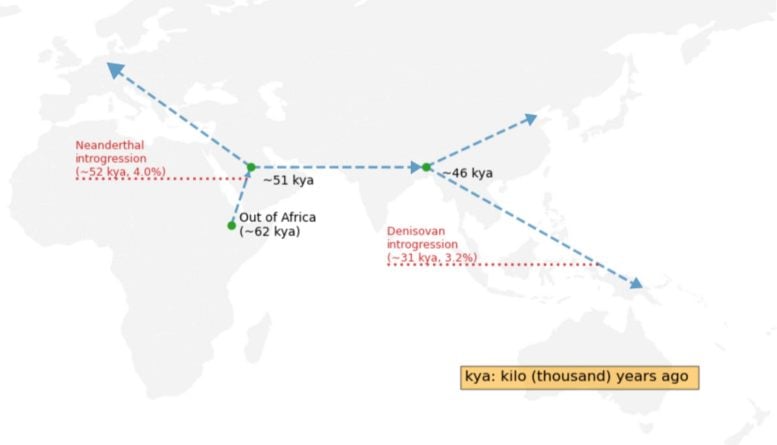AI Unravels the Hidden Origins of Papua New Guineans

Genomic studies show Papua New Guineans are closely related to Asians, shaped by isolation, adaptation, and Denisovan heritage.
Papua New Guineans are living proof of how isolation, ancient genetic mixing, and life on remote islands can preserve a distinct chapter of human history.
A group of European scientists has recently clarified their genetic origins, applying advanced Artificial Intelligence (AI) methods. Their findings show that Papua New Guineans are genetically close to other Asian populations, tracing back to the same ‘Out of Africa’ migration that gave rise to all non-African groups.
Despite this shared ancestry, Papua New Guineans have a noticeably different appearance from most Asian populations and display certain traits similar to Sub-Saharan Africans. These physical similarities once led to speculation that they might have descended from a separate branch of non-African humans.

According to lead author Dr. Mayukh Mondal, the unique physical features of Papua New Guineans probably come from natural selection: “Perhaps adaptations to tropical climates that make them look more like Sub-Saharan African groups, even though their genetics clearly link them to other Asian populations. More studies are needed to uncover how evolution shaped this remarkable population.”
The genetic origin remains unresolved
Most scientists agree that modern humans left Africa between 50,000 and 70,000 years ago, eventually spreading into Europe, Asia, and other regions. Early archaeological findings suggested that the ancestors of Papua New Guineans may have come from a distinct, earlier migration (the so-called ‘First Out of Africa’ hypothesis), following a coastal path through India and Southeast Asia. Supporting this idea, the oldest human site in Oceania is dated to about 50,000–60,000 years ago, which predates the earliest known sites in Europe and indicates that at least part of their ancestry could trace back to this early dispersal.
With the development of modern DNA sequencing, researchers have revisited the ‘First Out of Africa’ theory. Analyses of both maternal (mitochondrial) and paternal (Y-chromosome) DNA have found no strong evidence that the majority of Papuan ancestry came from this earlier wave. Instead, genetic data suggest closer links to other non-African populations, although a small contribution from ancient migrations cannot be completely dismissed.
Adding to this complexity, the genomes of Papua New Guineans contain a notable proportion of Denisovan DNA — an extinct human lineage related to Neanderthals. This genetic legacy likely came from interbreeding events in Southeast Asia or Oceania, further shaping their distinct ancestry.

Even with these insights, the origins of Papuan New Guineans are not fully resolved. Were they an early branch that diverged before Europeans and Asians? Did related populations mix into their genetic history? Do they preserve ancestry from the elusive ‘First Out of Africa’ group, or are they firmly within the broader Asian lineage? These questions remain open for future study.
Unique demographic history
In this study, scientists used high-quality genomic data and AI-powered models to compare different demographic scenarios for the origin of the Papuan New Guineans’ genetic diversity. Their results suggest that Papua New Guineans are a sister group to other Asian populations. Contribution from a ‘First Out of Africa’ migration might not be needed to explain their origins.
The researchers found that the ancestors of Papuan New Guineans went through a dramatic population bottleneck — most likely their numbers dropped sharply after reaching Papua New Guinea and stayed low for thousands of years. Unlike other non-African groups, they did not experience the farming-driven population boom that reshaped Europe and Asia. This unique demographic history left genetic signatures that, if misunderstood, could look like evidence of a contribution from an unknown population.
Reference: “Resolving out of Africa event for Papua New Guinean population using neural network” by Mayukh Mondal, Mathilde André, Ajai K. Pathak, Nicolas Brucato, François-Xavier Ricaut, Mait Metspalu and Anders Eriksson, 9 July 2025, Nature Communications.
DOI: 10.1038/s41467-025-61661-w
Funding: European Regional Development Fund, Horizon 2020 research and innovation program, European Regional Development Fund, Estonian Research Council, Estonian Research Council, European Union’s Horizon Europe research and innovation program, Estonian Research Council, French National Research Agency, Tartu University
Never miss a breakthrough: Join the SciTechDaily newsletter.
Source link

